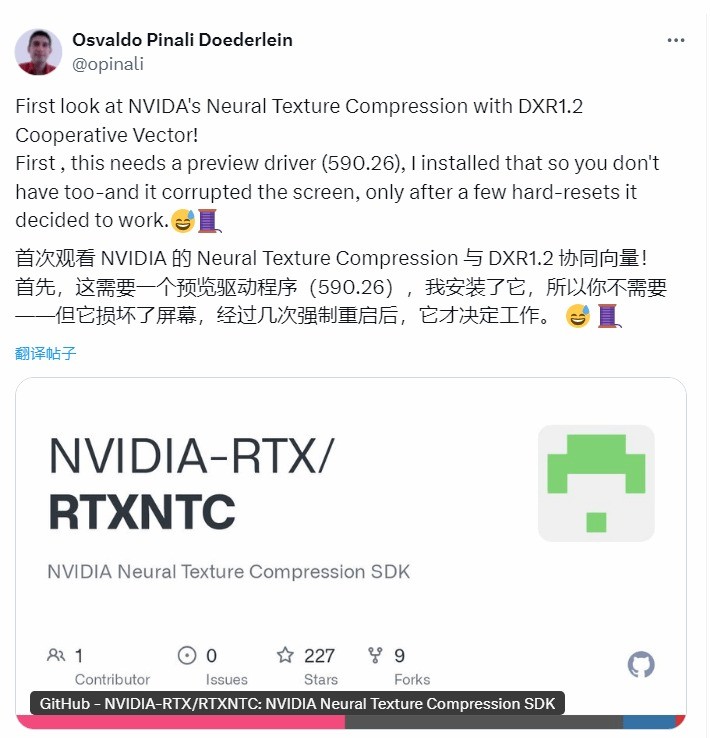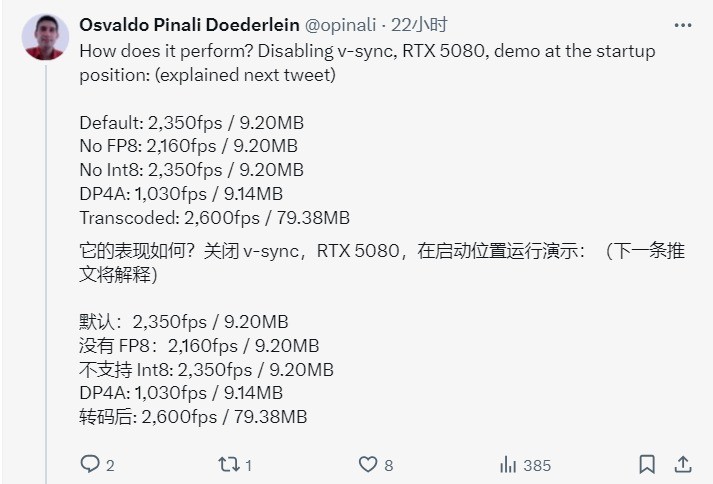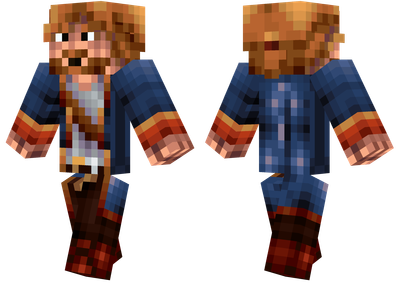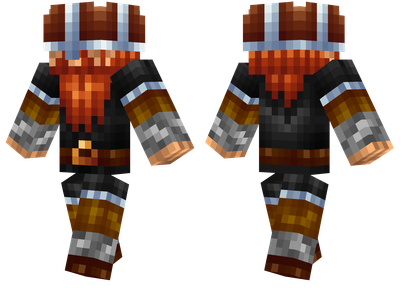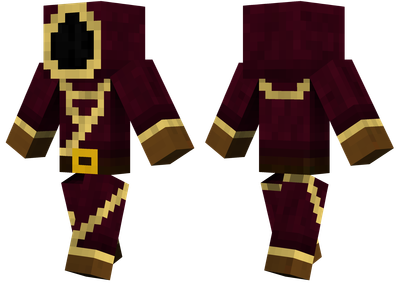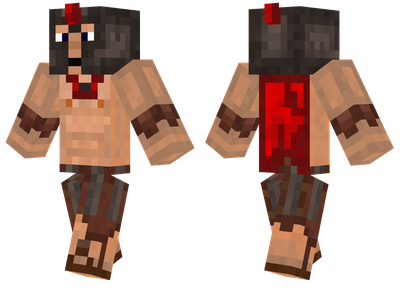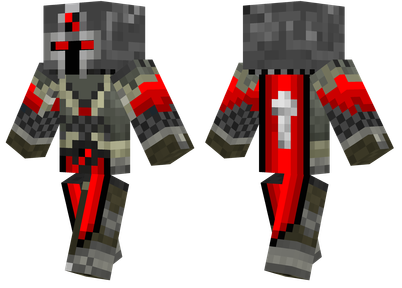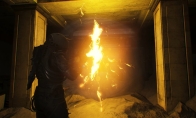Recently, foreign media Wccftech published an article saying that Nvidia has significantly improved the performance of neural texture compression (RTX NTC) technology by combining Microsoft's DirectX collaboration vector technology, greatly reducing video memory usage.
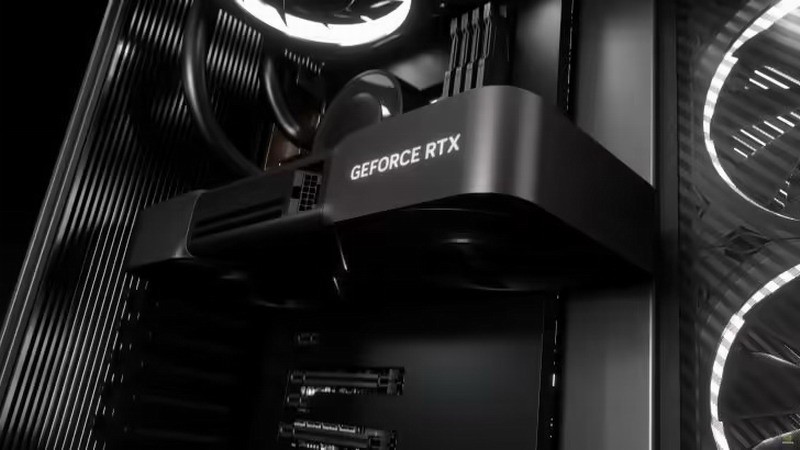
According to user Opinali's test, in iconic footwear rendering scenarios, using NTC and DirectX ray tracing 1.2 technology can greatly reduce the use of video memory.
Nvidia NTC technology uses neural networks to compress/decompress game textures to reduce file size without affecting quality.
In DirectX ray tracing 1.2, Microsoft introduced collaboration vectors, which work in small matrix or vector operations in collaborative GPU shaders. One of its goals is to support the use of NVIDIA Tensor Cores to accelerate matrix operations.
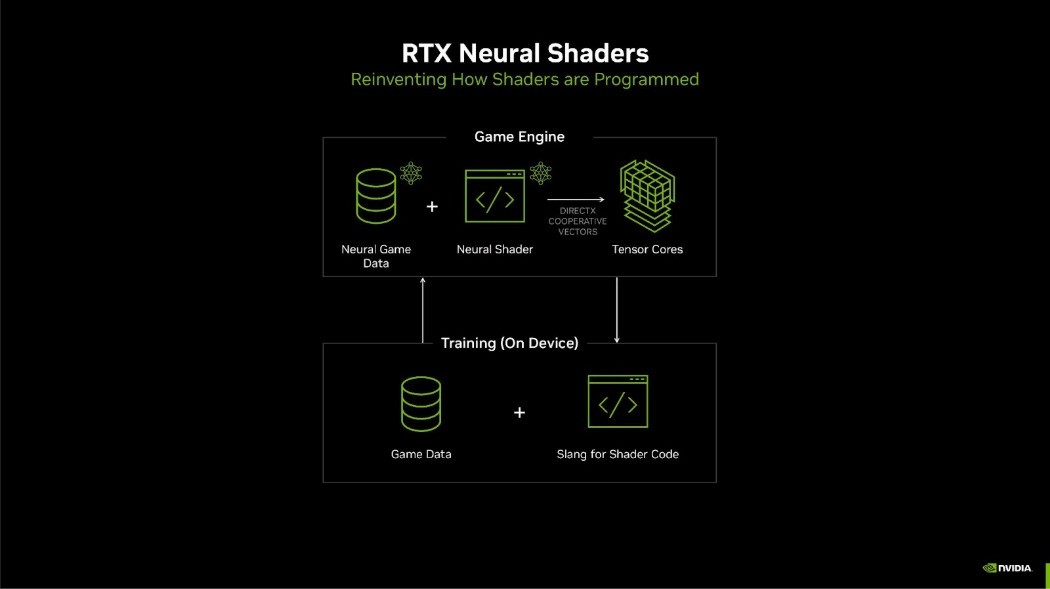
Nvidia combines NTC technology and collaboration vectors to achieve an efficient compression/decompression mechanism through the DX12 standard game shader, reducing the use of video memory.
Tests show that when enabled in "default" mode, the texture rendering frame rate can reach 2350 FPS; when completely disabled (DP4A), the rendering performance drops to 1030 FPS, a difference of nearly 80%.
In addition, in terms of video memory usage, the video memory occupies 9.20MB in the "default" mode, while the regular occupancy is 79.38MB, with a maximum reduction of 88% in the video memory usage.
It is worth noting that NTC is currently available through the latest 590.26 preview drivers, which also introduce NVIDIA smooth motion technology, but using these drivers may cause performance fluctuations.
